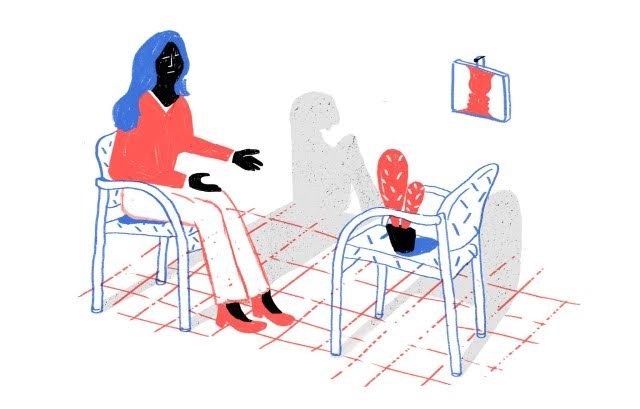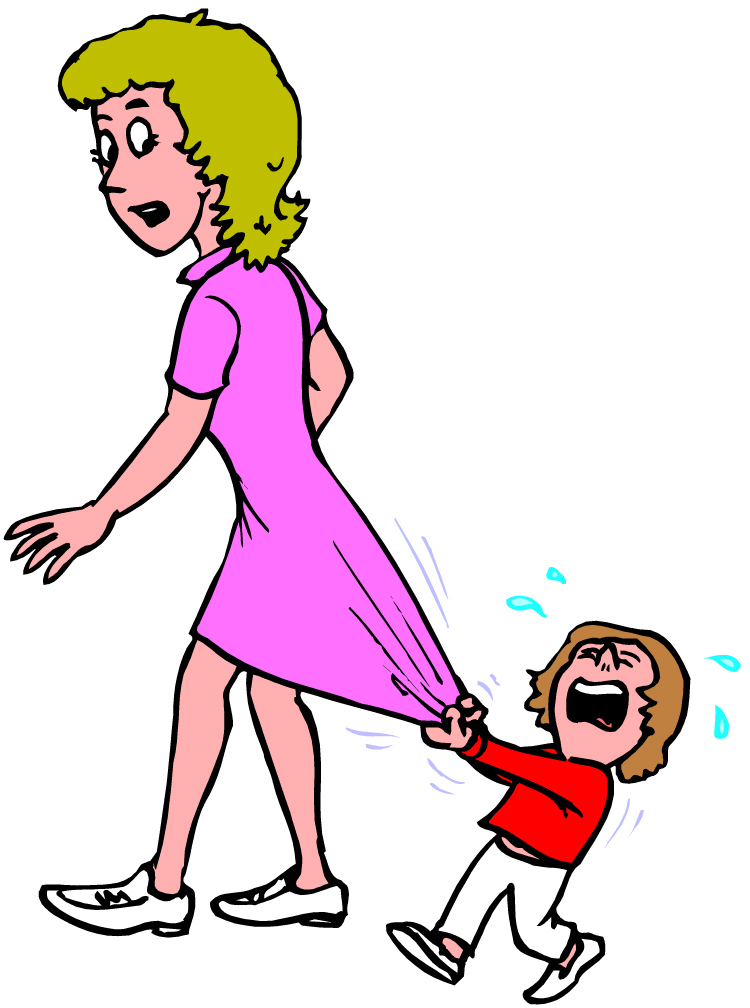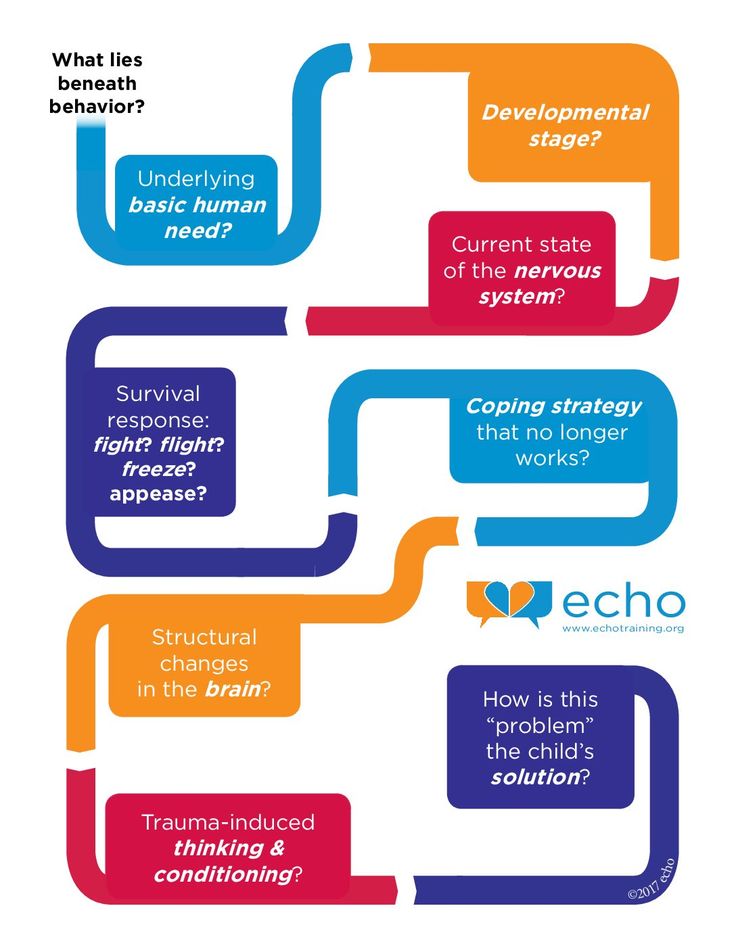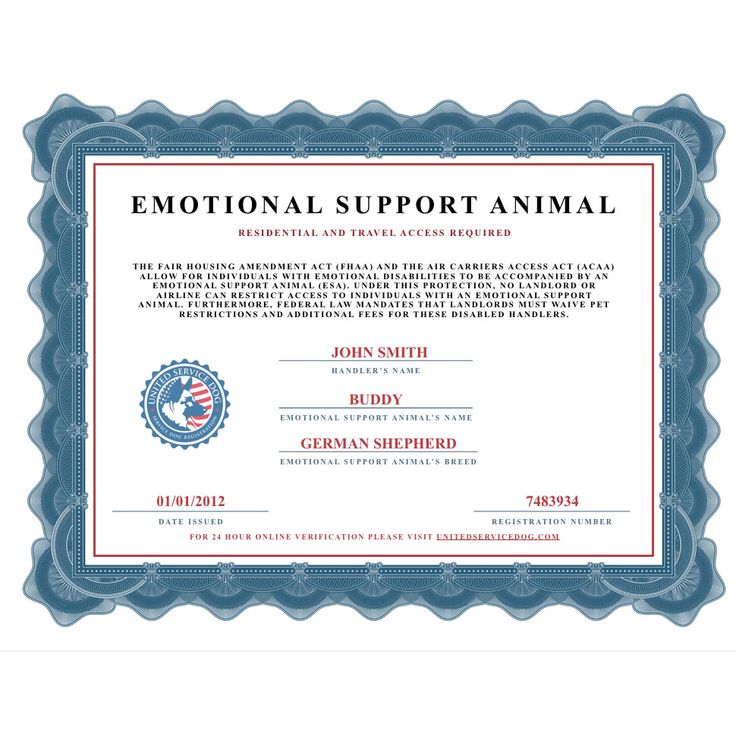How to get over trauma bonding
How to Heal from a Trauma Bond Relationship
If you find yourself in an unhealthy relationship that you can’t seem to leave, chances are you’re experiencing a phenomenon known as trauma bonding. A trauma bond is a psychological response that happens when an abused person develops an unhealthy attachment to their abuser. Trauma bonds can occur in any situation where one person is exploiting another and are not limited to romantic relationships¹.
Trauma bonds aren’t simply a challenging relationship: they are deeply rooted in our basic need for attachment and security. The abuser wields tremendous power and control that compound with shame and embarrassment, making it impossible for their abused partner to leave.
If you’re stuck in a trauma bond, or you are struggling to move on after ending a trauma bond relationship, there are steps you can take to break free and find healing. You can unlearn the coping mechanisms you’ve developed to survive, learn new techniques, heal from the trauma, and break the bonds that hold you.
What Is a Trauma Bond?
A trauma bond is an unhealthy connection between an abuser and the abused person. Trauma bonds can happen in a family system, workplace, and even in religious groups, but we most commonly associate trauma bonds with toxic romantic relationships. The connection that develops in a trauma bond results from a psychological response to abuse where, over time, the person being abused begins to develop sympathy or even affection for their abuser.
Trauma bonds are thought to be the result of unhealthy attachments. As humans, we are hard-wired to form attachments to people that we see as defenders, protectors, or caregivers to survive. Children form attachments to their parents or caregivers, and as adults, we develop attachments to people we see as sources of support, comfort, and security. The emotional need to stay can be intense when the abuser is also the comforter or caregiver (as in a romantic partner). It becomes hard to separate love from a trauma bond.
The Science Behind Trauma Bonds
Trauma bonding is more than just an emotional attachment; biological mechanisms at work make these attachments even stronger. When we begin to bond with someone, our brain releases a neurotransmitter called oxytocin, sometimes called the “love hormone” ². It is the same hormone released during the birthing process, sexual intimacy, and when you fall in love. Multiple brain imaging studies have found that the adult brain undergoes specific changes related to attachments and separations³.
Early experiences also shape the way that we connect or attach with others. If we develop unhealthy attachment styles when we are young, these patterns can repeat over and over in other relationships creating a process of revictimization and relationship dysfunction.
The Difference Between Trauma Bonding and Codependency
Trauma bonding and codependency are similar but differ in the focus of the behavior. However, both can exist in the same relationship.
Trauma bonding is rooted in a desperate need for the relationship to continue. In some ways, it is akin to an addiction to the relationship with the abuser. This focus can become so intense that you cannot recognize that the relationship is unhealthy despite the abuse or betrayal.
Codependency is focused more on the addiction to caring for the other person and placing their needs above your own. In a codependent relationship, an individual can’t be happy unless they support their partner at all costs, including their own safety and well-being. This behavior often enables the other partner to continue abusive or destructive behaviors with the codependent person.
Love Versus Trauma Bonding
Sometimes, it can be hard to tell the difference between true love and trauma bonding, especially if you experienced early trauma and unhealthy attachments. In short, trauma bonded relationships are based on power and control. Loving relationships are based on mutual respect and do not include abuse, violence, or intimidation.
Healthy loving relationships involve⁴:
- Physical and emotional safety
- Mutual respect
- Trust
- Honesty
- Accountability and responsibility for one’s actions
- Healthy boundaries
- Communicative and willing to work through problems together
Unhealthy, trauma bonded relationships may involve⁴:
- Intimidation
- Emotional abuse, possible physical abuse
- Isolation from friends and family
- Denial, Minimization, and Blaming
- Control over decisions and/or finances
- Threats and Coercion
- Poor boundaries
- Mistrust
How to Heal from a Trauma Bond
Anyone in an abusive relationship can develop a trauma bond with their abuser. If you’ve experienced childhood trauma, you may be more susceptible to these types of attachments. Your coping strategies developed over time, and they kept you safe at some point. It will take time to unlearn those strategies that no longer serve you and begin to learn new techniques and tools.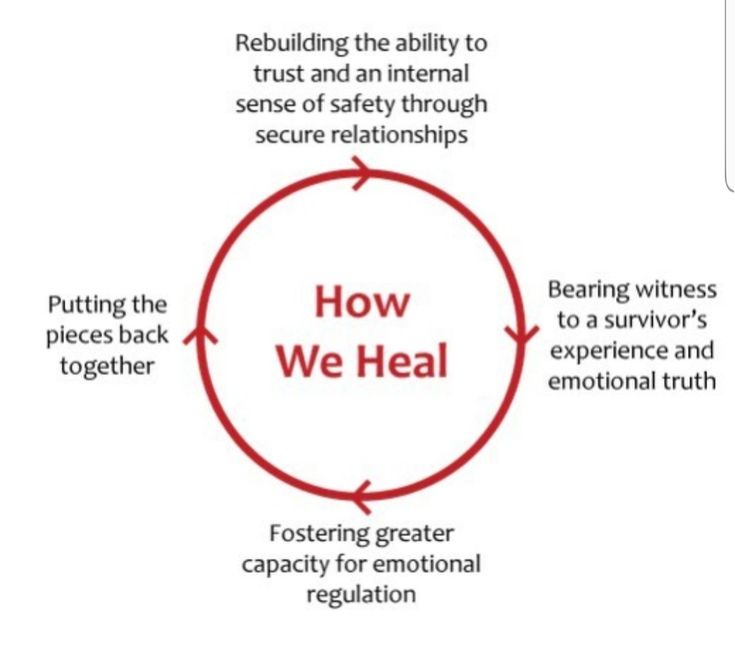 What’s important to know is that you can heal from your trauma and learn better coping methods. It takes time, and it takes specialized help.
What’s important to know is that you can heal from your trauma and learn better coping methods. It takes time, and it takes specialized help.
It’s hard to look at your own trauma objectively and see your coping patterns realistically. It isn’t that you don’t know something isn’t working. On the contrary, you know it well and feel it intensely. What you can’t do alone is separate the emotion from the behavior. In short, you’re too emotionally close to it. That’s where the help comes in.
Healing from trauma is not a simple task to check off on a to-do list. Rather, healing from trauma is a process that happens over time and with patience and great care. You have to unravel your past and where it all started. This type of healing takes specialized, trauma-informed care from a therapist who understands the complexities of trauma responses. A therapist can help you work through your experience and address your emotional attachment with your abuser without shame or judgment.
There is no single “therapy” for treating trauma bonds.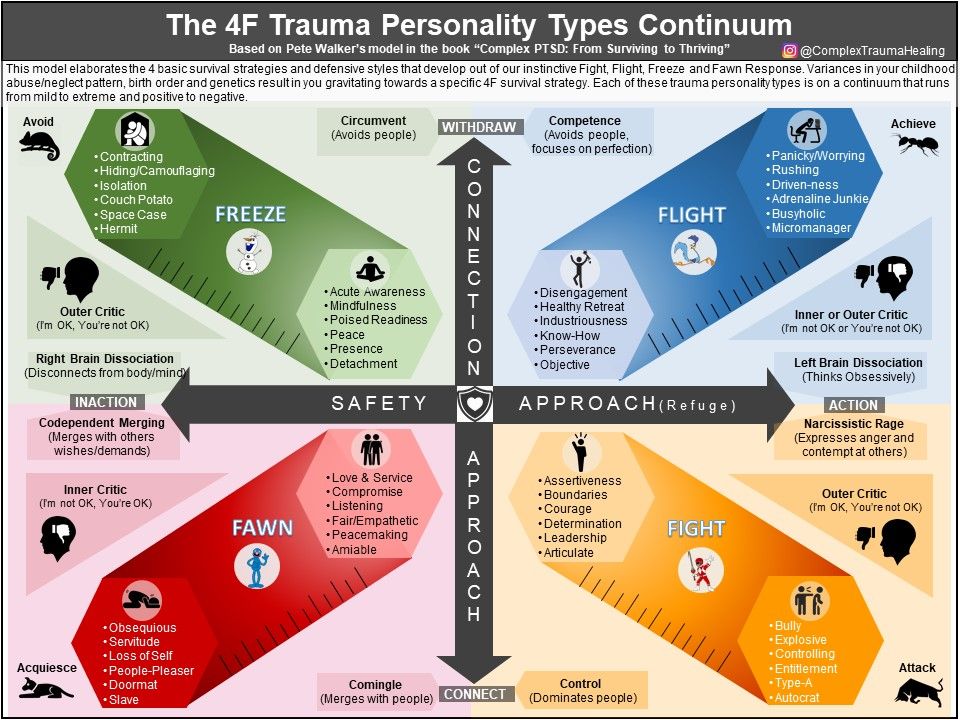 Rather, there are a variety of trauma-focused therapies that effectively help survivors of trauma, and these therapies can be used to heal trauma bonds. A clinician can help you move forward using a combination of the therapeutic approaches below.
Rather, there are a variety of trauma-focused therapies that effectively help survivors of trauma, and these therapies can be used to heal trauma bonds. A clinician can help you move forward using a combination of the therapeutic approaches below.
Cognitive Behavioral Therapy
Cognitive Behavioral Therapy (CBT) focuses on exploring how thoughts and feelings influence behaviors and finding ways to change negative thought patterns. This process helps change behavioral responses and develop more effective ways of dealing with challenges. Trauma-focused CBT (tf-CBT) is a specialized, evidence-based form of CBT that specifically addresses the impact of traumatic events.
Dialectical Behavioral Therapy
Dialectical Behavioral Therapy (DBT) is widely used to treat trauma. It is similar to CBT, however, DBT takes the process a step further and empowers people to change their behavior patterns. DBT strategies like mindfulness, communication, distress tolerance, and emotional regulation can help you learn better ways of managing your emotional responses to stressful situations so that you can make decisions that are healthy for you.
Trauma Bond Interventions
Outside of getting professional support, here are some steps you can take on your own to break free from a trauma bonded relationship:
Educate Yourself
Learn how to identify the signs of unhealthy or abusive relationships. Learn what a healthy relationship looks like so that you can distinguish between the two.
Focus on the Here and Now
Staying focused in the present allows you to see the relationship and the abusive person as they are now. Hoping things will be different or reminiscing about the “good times” minimizes the present dangers and makes it tempting to stay in the relationship.
Create Some Space
Sometimes you can be so close to a situation that you cannot see it clearly. Take a step back and get some distance from the abusive person so that you can see the relationship for what it is. Space gives you clarity.
Find Support
Consider joining a support group. A support group gives you a place to openly talk about your experience and listen to the experience of others. Hearing from others who have gone through a similar situation can help you realize that you are not alone in your experience.
Hearing from others who have gone through a similar situation can help you realize that you are not alone in your experience.
Practice Good Self-Care
Self-care involves activities that reduce stress and promote physical and emotional well-being. These activities are nurturing, fulfilling, and healthy. Good self-care helps relieve stress and helps you build self-love and learn to rely on yourself for comfort rather than turning to an abusive partner. Some examples of self-care can include:
- Exercise
- Journaling
- Engaging in a hobby or activity you enjoy
- Listening to music
- Relaxation practices like yoga, meditation, or Tai Chi
- Getting good, restorative sleep
- Eating well
- Spending time with trusted friends and family
Make Future Plans
Think of how you want your future to look. Allow yourself to envision more for yourself and make plans to realize that future.
Develop Healthy Relationships
Allow yourself to connect with people who are emotionally and physically safe.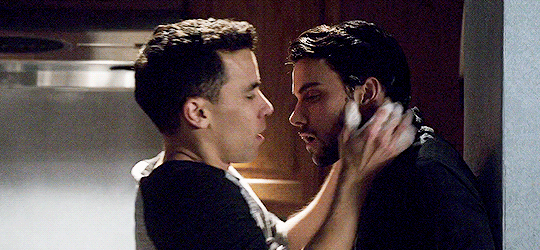 Practice healthy communication and advocating for yourself. Experiencing healthy relationships helps to strengthen your ability to form healthy attachments.
Practice healthy communication and advocating for yourself. Experiencing healthy relationships helps to strengthen your ability to form healthy attachments.
Give Yourself Permission to Heal
You are deserving of health and happiness. To want these things is not selfish. Healing starts with giving yourself permission to do what you need to do to engage in the healing process. You are allowed to grow and move on from environments and relationships that do not serve you.
Be Kind to Yourself
Being in an abusive relationship can be devastating to your self-esteem and emotional well-being. Be mindful of the things you say to yourself. Remind yourself often that you have many positive qualities and that you are deserving of happiness. Be gentle with yourself when you stumble. You’re learning a new way of living, and it takes time.
Professional Support for Healing from Trauma Bonds
When dealing with trauma bonding issues, you don’t have to walk alone. There is help, and there is hope for a more fulfilling, joy-filled life without fear.
Our expert trauma-informed clinicians can help you take the next step towards healing and recovery. Nestled in the beautiful Rocky Mountains, All Points North Lodge offers a luxury rehab experience with the perfect environment for healing, personal growth, and recovery. Using evidence-based, client-centered treatment approaches, our team of clinicians has the expertise to guide you through treatment and into recovery. We also have a robust telehealth program so that you can get the support you need from anywhere in the world.
To learn more about what you can expect from your custom treatment plan, reach out to one of our Contact Center team members at 855-510-4585 or via . Let us help you reclaim your voice and find your way forward.
Reference:
- Zoppi, Lois. “What Is Trauma Bonding?” Edited by Jacquelyn Johnson, Medical News Today, MediLexicon International, 26 Nov. 2020, https://www.medicalnewstoday.com/articles/trauma-bonding.
- Olff, Miranda, et al.
 “The Role of Oxytocin in Social Bonding, Stress Regulation and Mental Health: An Update on the Moderating Effects of Context and Interindividual Differences.” ScienceDirect, Elsevier, 12 July 2013, https://www.sciencedirect.com/science/article/pii/S0306453013002369.
“The Role of Oxytocin in Social Bonding, Stress Regulation and Mental Health: An Update on the Moderating Effects of Context and Interindividual Differences.” ScienceDirect, Elsevier, 12 July 2013, https://www.sciencedirect.com/science/article/pii/S0306453013002369. - van der Watt, A. S. J., et al. “Functional Neuroimaging of Adult-to-Adult Romantic Attachment Separation, Rejection, and Loss: A Systematic Review – Journal of Clinical Psychology in Medical Settings.” SpringerLink, Springer US, 3 Jan. 2021, https://link.springer.com/article/10.1007/s10880-020-09757-x.
- “Healthy Relationships.” The Hotline, National Domestic Violence Hotline, https://www.thehotline.org/resources/healthy-relationships/.
Reviewed by Emmeline Massey MSW, LSW
Prev
Next
13 Steps From a Therapist
Skip to contentPublished: July 14, 2022 Updated: October 2, 2022
Published: 07/14/2022 Updated: 10/02/2022
Written by:
Silvi Saxena
MBA, MSW, LSW, CCTP, OSW-C
Written by:
Silvi Saxena
MBA, MSW, LSW, CCTP, OSW-C
A trauma bond is a strong, emotional attachment that develops between a survivor of prolonged abuse and the perpetrator of abuse. It can be hard to break a trauma bond due to the intensity of the attachment, but there are multiple ways to heal and move on from a trauma-bonded relationship.
It can be hard to break a trauma bond due to the intensity of the attachment, but there are multiple ways to heal and move on from a trauma-bonded relationship.
Break yourself free of a trauma bond with the help of a therapist. BetterHelp has over 20,000 licensed therapists who provide convenient and affordable online therapy. BetterHelp starts at $60 per week. Complete a brief questionnaire and get matched with the right therapist for you.
Choosing Therapy partners with leading mental health companies and is compensated for referrals by BetterHelp
Visit BetterHelp
Here are 13 steps from a therapist to help you break a trauma bond:
1. Find Resources Around You
If you are in an abusive situation and need help getting out, there is no shame in doing so. There are many resources available that can help you heal from trauma and move forward eventually, as well as therapy support. Connect with trusted friends and loved ones to help you escape the volatile relationship to safety.
Many domestic-violence shelters and organizations give victims access to legal support, therapy, childcare, healthcare, employment support, educational services, and financial assistance. Your information will remain private and protected, as shelters are aware that abusers oftentimes search for their escaped victims.
The following are helpful additional resources for anyone impacted by a cycle of abuse:
- US Dept. of Health and Human Services – Resources by State on Violence Against Women
- National Domestic Violence Hotline
- CDC: Support for People Experiencing Abuse
2. Communicate Your Needs Clearly & Assertively
It’s important to learn how to set firm boundaries in all relationships so that you can communicate your needs clearly and assertively in relationships. Remember that boundaries are there to help you keep people around in healthy ways. Boundaries can look different for everyone and can be about virtually anything, which can mean that the other person may push back and test these limits, especially in trauma bond relationships.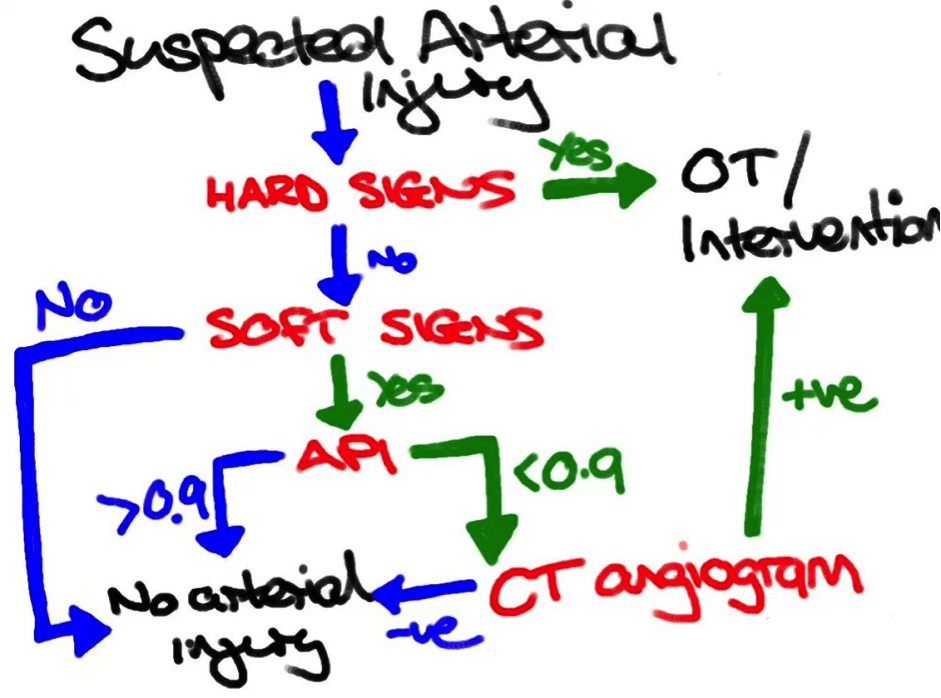 However, if someone disrespects a boundary you have established to protect yourself, gets angry and attacks, or threatens to leave, it can be indicative of a deeper issue.
However, if someone disrespects a boundary you have established to protect yourself, gets angry and attacks, or threatens to leave, it can be indicative of a deeper issue.
Sometimes, what starts as a conversation where you communicate your needs can become dangerous if your partner has the potential to become violent. If this is the case, make sure you create a safety plan to ensure that, if there is a worst-case scenario, you are able to make it to safety.
3. Disengage & Retract From the Situation
While it may seem counterintuitive to solving the problem, it may be useful for you to disengage and remove yourself from the situation, especially if it has the potential to become dangerous. In this situation, disengaging and retracting can be very helpful for you long-term to help mitigate the heightened emotions associated with a trauma bond. If you find yourself wanting to soothe your partner in this situation, it may be a sign that you are in a trauma bond or a dependent relationship, and you should allow your partner–and yourself–to self-soothe.
4. Face Your Feelings
When you are in a dependent or trauma bonded relationship, it can become normal for you to push your negative feelings aside to resolve conflicts and appease your partner. Don’t try to run or avoid your feelings, rather try to identify them in the moment and take steps to address them immediately. By acknowledging your feelings, you are showing that you recognize and care about the way the dynamics in your trauma bond impact your emotions and mood.
Once you identify your feelings and accept them, you can begin to work towards moving forward for yourself. It can be hard to move on from a trauma bond right away, but allowing yourself to feel your feelings will give a clearer picture of the impact of the relationship, and may motivate you to put yourself first.
5. Validate Yourself
Validating yourself is an important step to building your self-confidence and giving you the strength to rely on your own emotions. 1 Once you’ve identified your feelings, it is equally as important that you validate them.
1 Once you’ve identified your feelings, it is equally as important that you validate them.
The most important way to validate your emotions is to develop positive self-talk. Talking to yourself with love and encouragement, as you would speak to someone you deeply care about, is the best way to validate yourself. This can work in the moment and as a long-term coping strategy. You can also develop other ways to validate your emotions–whether that is finding a creative outlet or a strong social support system, it’s important for you to make sure you are on your own side.
6. Talk to a Professional
Therapy is effective for dealing with the stress associated with relationship issues and moving towards healing. Having a safe space to explore relationship conflicts and uncover the deeper meaning behind them can be very empowering. Identifying the root cause of an issue or feeling is the first step towards recovery and moving forward from a trauma bond.
One simple way to find a therapist that specializes in trauma-bond relationships is by searching an online therapist directory. Reading reviews and looking at clinician bios to understand their scope of practice can give you an idea of whether their experience suits your situation. Many therapists offer a free phone consultation and virtual/teletherapy visits, both of which allow people an opportunity to get help during the pandemic.
Another way to locate a therapist is by referral, which typically comes from a physician or trusted loved one. Healthcare providers often have access to a network of other providers, so going through your physician or specialist is the best way to keep them in the loop about any treatment options or trauma experienced in the relationship.
Help For Trauma / PTSD
Talk Therapy – Get help recovering from trauma from a licensed therapist. Betterhelp offers online therapy starting at $60 per week. Get matched With A Therapist
Medication – Find out if PTSD medication is a good fit for you. Brightside offers a free assessment. Treatments start at $95 per month. Free Assessment
Brightside offers a free assessment. Treatments start at $95 per month. Free Assessment
Guided Psychedelic Journeys – Ketamine is a prescription medication that clinicians can prescribe off-label to treat depression, anxiety, and other mental health diagnoses. Mindbloom pairs ketamine with clinician support. Find out if you’re a good candidate: Learn More
Choosing Therapy partners with leading mental health companies and is compensated for referrals by BetterHelp, Brightside, and Mindbloom.
7. Keep a Journal
Journaling allows you to identify, express, and process what and how you are feeling about the stressors in your life without any judgment. You can pour your emotions onto a blank page and unload your fear, anxiety, or depression from your mind and heart. Journaling for your mental health allows you to keep a record of your reactions and healing progress, reflect on the stages of trauma bonding, and find opportunities for emotional growth over time.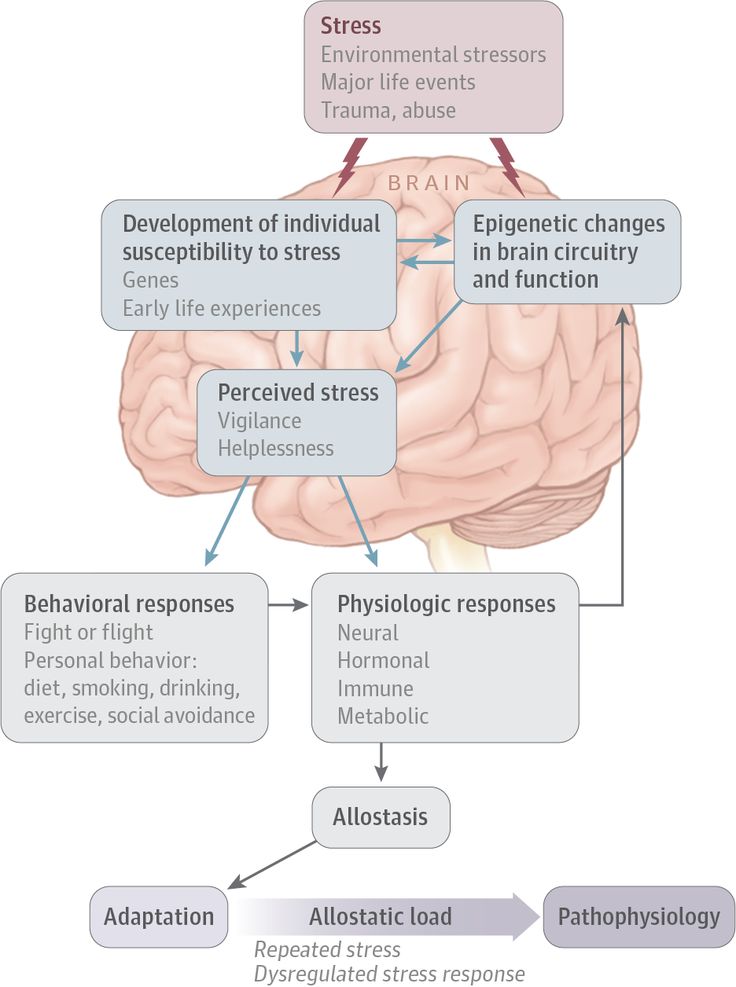
8. Take Time to Grieve What You Lost
Grief and loss are part of the human experience when you let something go, and it is important that you take time to process your emotions as they emerge. If you’re grieving the loss of a trauma bonded relationship, it can lead to the more complicated experience of traumatic grief. However, allowing yourself time to grieve and process these emotions may also give you a better perspective, as well as strength and drive to address any kind of negative feelings holding you back.
9. Put Your Energy Into a Passion Project
Putting energy into projects, causes, or activities that we love and care about can be a great way to stimulate the release of oxytocin, a neurotransmitter associated with positive, happy emotions–even if you don’t feel it right away. Remembering and partaking in the activities that bring you joy is a good way to attempt to feel positive emotions again. This strategy can also help you develop a stronger sense of identity, self-esteem and self-worth.
10. Prioritize Yourself
Try to stay focused on yourself and your feelings when you are dealing with heavy situations and emotions. When in a trauma bond, it can be easy for the survivor of abuse to set aside their feelings to comfort their partner, but it is important to recognize that your feelings are just as important and prioritize them.
If you are feeling overwhelmed, or if you have difficulties prioritizing yourself as you begin the process of moving on, allow yourself some grace and patience in the moment. Staying focused on your wellbeing and what you can control will help you feel more empowered.
11. Practice Yoga
Yoga is a widely recommended relaxation technique for anxiety, as it combines the benefits of moving your body with mindfulness, guided meditations, and breathing techniques. The goal with yoga is to find internal and external balance, and when finding equilibrium is at the center of your mind, it becomes much easier to process stressful emotions to get to that goal.
There are many guided yoga meditations, books and resources, and assisted classes that can help restore this missing balance.3
12. Don’t Blame Yourself
While it’s important to allow yourself to feel your feelings, you should not blame yourself for being in a trauma bond, or for having strong feelings towards your significant other in a trauma bond relationship, especially if there was abuse. Let go of the negative self-talk and speak to yourself the way you would to a loved one who went through the same thing. Blaming yourself can leave you feeling more guilt and shame, which can set back your progress in moving on, and perpetuates victim blaming in abusive situations.
13. Stop Thinking About What ‘Could Have Happened’
If you were on the other end of a trauma bond, or abuse of any kind, it can be normal to think about what “could have happened” if you had done things differently in the relationship, but this is actually counterintuitive to the mindset of moving on.
Most victims of abusive relationships can sometimes blame themselves for not leaving sooner or fighting back. While some people would say that these options are always available, this is not always the case when you are a victim of emotional or physical abuse. You cannot go back in time, so it can be counterproductive to spend your time thinking about what could have happened if you had acted differently sooner, or if you had stayed in the relationship longer.
Thinking about what you could do now, when you have power to take action to move forward, is a more helpful, positive way to reframe this thought. Although you cannot change your past, you can focus on living life with intentions and spending time with people who truly care for your wellbeing.
Final Thoughts
If you are dealing with issues or abuse in your relationship and think you may be in a trauma bond, know that it is possible to learn how to break out of it. Working with a therapist and reaching out to your support system can make a big difference in how you feel and what you can do next.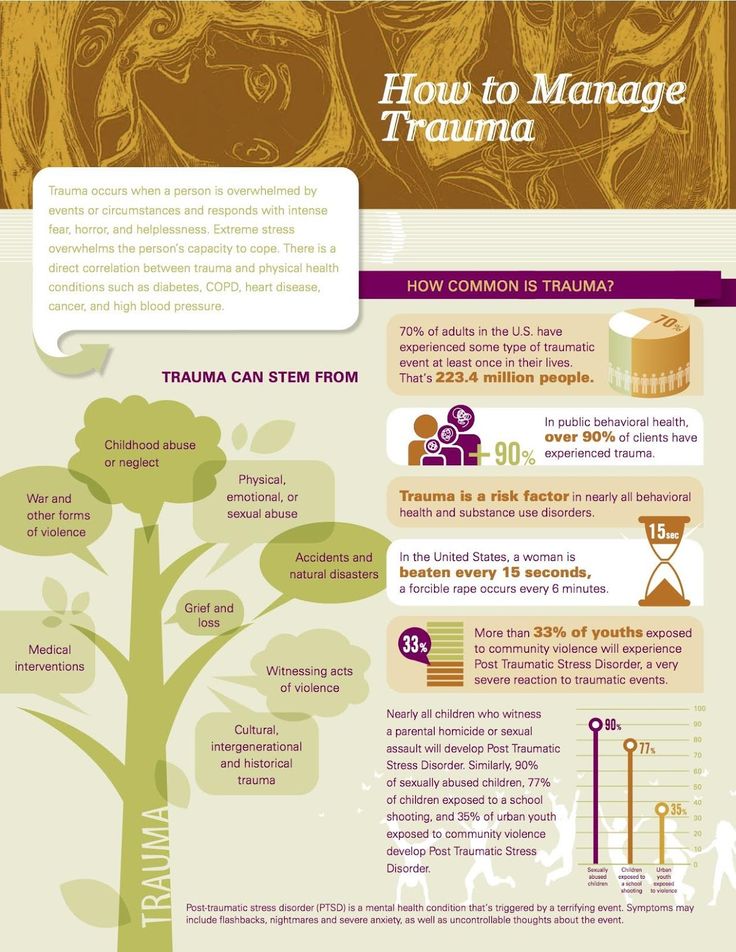
Additional Resources
Education is just the first step on our path to improved mental health and emotional wellness. To help our readers take the next step in their journey, Choosing Therapy has partnered with leaders in mental health and wellness. Choosing Therapy may be compensated for referrals by the companies mentioned below.
BetterHelp (Online Therapy) – Trauma and abuse can leave a lasting impact. Therapy can help with recovery. BetterHelp has over 20,000 licensed therapists who provide convenient and affordable online therapy. BetterHelp starts at $60 per week. Complete a brief questionnaire and get matched with the right therapist for you. Get Started
Brightside Health (Online Therapy & Psychiatry) – If you’re struggling recovering from trauma, therapy and medication can make a difference. Brightside Health treatment plans start at $95 per month. Cigna and Aetna accepted. Free Assessment
Hims / Hers (Online Psychiatry) – If you’re living with PTSD, finding the right medication match may make all the difference.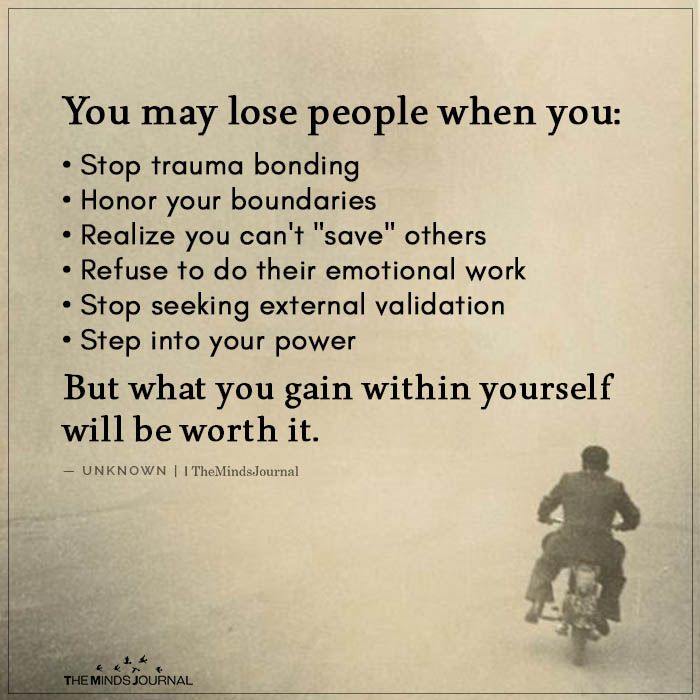 Get FDA approved medication prescribed by your dedicated Hims / Hers Healthcare Provider and delivered right to your door. Plans start at $25 per month (first month). Get Started
Get FDA approved medication prescribed by your dedicated Hims / Hers Healthcare Provider and delivered right to your door. Plans start at $25 per month (first month). Get Started
Choosing Therapy partners with leading mental health companies and is compensated for referrals by BetterHelp, Brightside, and Hims / Hers
For Further Reading
- Mental Health America
- National Alliance on Mental Health
- MentalHealth.gov
2 sources
Choosing Therapy strives to provide our readers with mental health content that is accurate and actionable. We have high standards for what can be cited within our articles. Acceptable sources include government agencies, universities and colleges, scholarly journals, industry and professional associations, and other high-integrity sources of mental health journalism. Learn more by reviewing our full editorial policy.
-
Carnes, P. J. (2018, August). Betrayal Bond, Revised: Breaking Free of Exploitive Relationships.
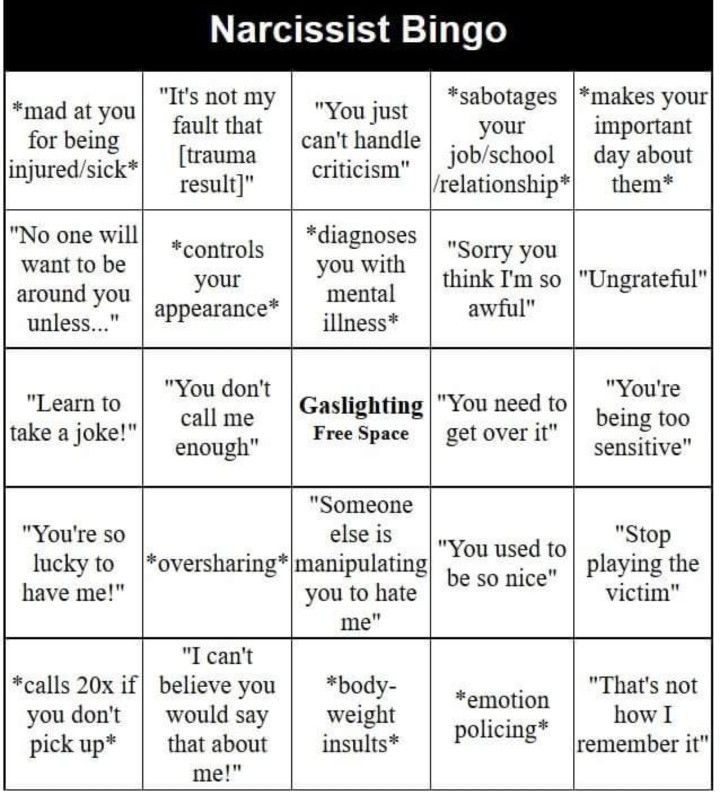 Hci.
Hci. -
Parker, G. (2021). Transforming Ethnic and Race-Based Traumatic Stress with Yoga. Singing Dragon.
Written by:
Silvi Saxena
MBA, MSW, LSW, CCTP, OSW-C
If you are in need of immediate medical help:
Medical
Emergency
911
Suicide Hotline
800-273-8255
How to overcome psychological trauma? Tips and Exercises
11,350
Practices how to
Feelings of insecurity haunt the person after an injury . The people around you can be intimidating. In my classes, I use a technique that helps to overcome this state.
I say, "Find a place in the room where you feel safe." Some curl up in a chair, others crawl under a chair, others hide behind a curtain. Then I ask clients to name people they feel safe around. For some, this is a parent, for someone - a spouse or a child.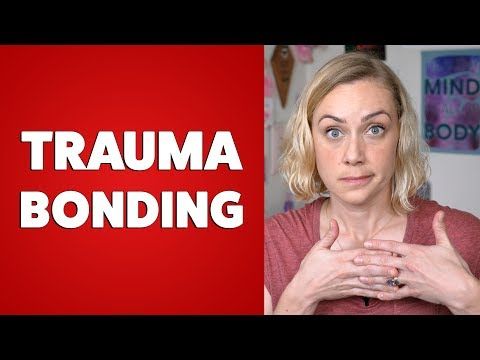 And then I ask them to name something that causes anxiety. This is how we delineate the boundaries within which a trauma survivor can feel safe.
And then I ask them to name something that causes anxiety. This is how we delineate the boundaries within which a trauma survivor can feel safe.
After the tsunami in Sri Lanka in 2004, I worked with affected children . I asked them to draw two pictures. On the first, depict what their anxiety looks like. Maybe it's a monster with teeth and many arms. Or maybe an ominous forest.
Nearby, I asked them to draw a bridge, and on the other side of it, something joyful and calm. What is beyond the bridge is the continuation of their story, a happy ending.
People should not be left feeling anxious. Even if the world seems dark and scary now, you need to show them the light ahead
This technique is well suited for working with children who are not yet able to express their feelings. But such an image of a happy future is needed by everyone who has suffered a trauma. You can't leave people feeling anxious. Even if the world seems dark and scary right now, you need to show them the light ahead.
Even if the world seems dark and scary right now, you need to show them the light ahead.
Trauma always affects both mind and body . It remains enclosed in the body, in its movements, posture. Therefore, in order to heal from trauma, it is important to relieve not only psychological, but also physical stress. If the body is relaxed, the mind will also come to rest.
One of the exercises that I suggest to clients: run for a few minutes, shout, jump, throw out energy. After that, be in silence for a while: meditate, listen to yourself. The feeling of anxiety makes the body tense, constrained. Movement allows you to release stress from the body.
After a session I always ask those who have experienced trauma : what does the work done mean to you? Have you become stronger? Where can you apply these skills?
Review any positive results. What has changed life for the better? What helps you see the glass as half full instead of half empty?
How can your grief become a path to wisdom?
According to the psychological principle of post-traumatic growth, experiencing trauma can lead to new discoveries, deep inner work, and bold decisions (for example, show love more often, end toxic relationships, or leave harmful jobs).
A person who has survived a trauma can discover opportunities in himself that he did not even suspect about, find a new meaning in life.
After an injury, it is very important to create a feeling of confidence, resilience, inner strength . In class, I ask people, “Imagine you are a reed. Or a bush. Or a leaf on a branch. The wind blew - what is happening to you?
They can oscillate, stretch, lean towards the ground. They feel vulnerable.
Whatever happens, I want you to repeat to yourself: I am a tree. I'm still here. Can't Break Me
Then I tell them, “Now imagine that you are a tree. Broad and strong, with a mighty trunk and strong roots. I want you to feel that your feet are deeply rooted in the ground. You are resilient. Nothing can move you. Now imagine that the wind is blowing and it cannot move you. Whatever happens, I want you to repeat to yourself: I am a tree. I'm still here. Don't break me."
There is no one proven way to deal with a traumatic experience . Some feel better from expressing their feelings, others prefer to hide them, keep themselves busy, removing thoughts about what happened from their heads. There is something for everyone.
If it makes you feel better when you share your experiences, do it. If it is easier for you to be silent, be silent; do not force yourself and your feelings. The more talkative partner should look for someone to share with, the more silent partner should listen a little more.
About the author: Judy Kuriansky is a clinical psychologist, specialist in interpersonal relations, and a member of the International Association for Applied Psychology and the United Nations World Council for Psychotherapy.
Text: Anton Soldatov
New on the site
“Nothing will work”: 5 steps to change the future — try it right now
“If I stay with my beloved, my husband will take the child away. If I choose a son, I will lose my love.”
“My parents are going to marry me off to a womanizer. What to do?"
Psychologists have figured out what makes men flirt in the workplace
Dependent personality disorder: 10 signs - how to recognize the problem
Why a man does not accept gifts: 5 main reasons
Getting up at 3:30 in the morning and fasting for 18 hours a day: how Mark Wahlberg keeps himself in shape ➔ Irina Isaeva How to get rid of psychological trauma ➔ work of a psychologist Moscow ➔ Irina Isaeva
Psychologist Irina Isaeva / Information / How to survive psychological trauma
When grief suddenly bursts into life and you do not know how to survive psychological trauma, stop for a minute. Any spontaneous situation can always be taken under control and painlessly get out of the painful "captivity". The main thing is to know the ways and means of healing your own soul.
How to get rid of psychological trauma quickly and safely?
Situations in which literally everything falls out of hand, and former joys cause only apathy and boredom, occur quite often.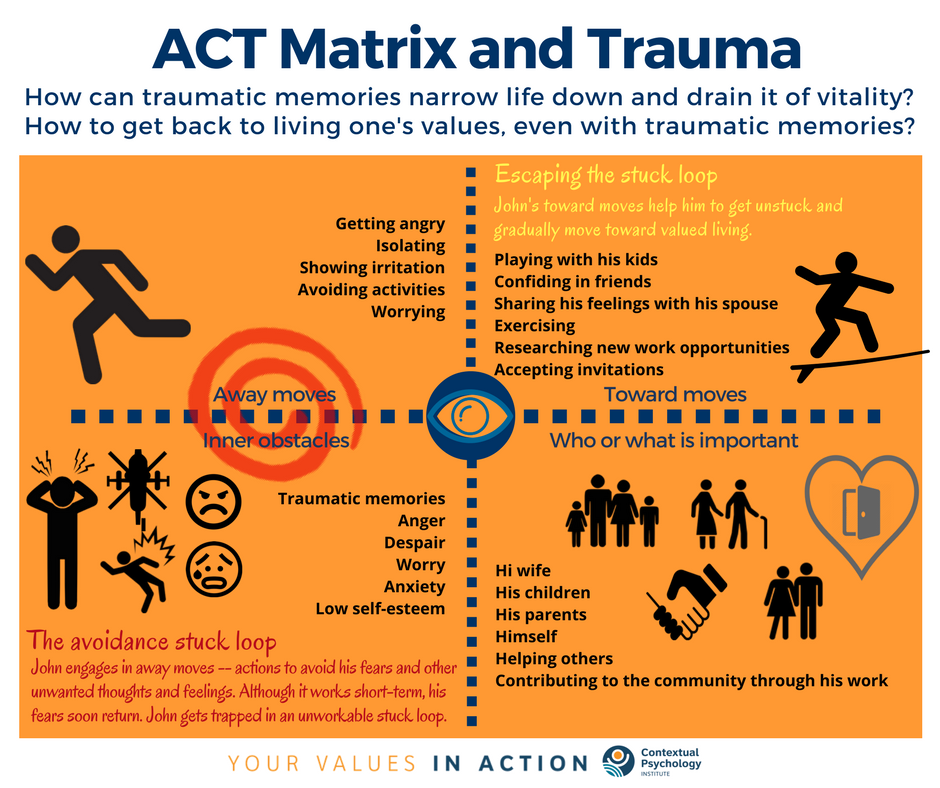 And, if one person reacts to negative news more or less calmly, then other people fall into a deep depression and completely lose interest in life.
And, if one person reacts to negative news more or less calmly, then other people fall into a deep depression and completely lose interest in life.
So, how to prevent a nervous breakdown in case of psychological trauma?
- Give vent to emotions. Cry, scream, fight in hysterics, get rid of destructive anger and annoyance - you have every right to do so.
- Accept a friend's help. Share your heartache and feelings - believe me, it will become much easier.
- Become more active. Immerse yourself in work, social life, swim in the pool or go kayaking - drive gloomy thoughts away from yourself.
- Arrange moments of joy. Go to a restaurant, do your favorite hobby, soak in the hot tub, watch a good movie - all methods are good.
- Change your place of residence. Buy your own house, move to another apartment and erase the past from life - choose your option and act.
The treatment of psychological trauma is a delicate matter and requires the mandatory participation of a specialist. Professional assistance will allow each situation to be considered under an individual prism, it will help to survive the trouble more easily and make the right decision for a particular case.
Remember!
Leaving the fact of mental imbalance unattended, you run the risk of becoming completely confused in the situation and being in the shackles of your own impotence. What is the result? Serious psychological disorders, endless torment, remorse, internal suffering and, as the worst option, finding solace in alcohol or drugs.
Psychologist's help in solving "mental" problems
Working with psychological trauma - ordinary therapy of a practitioner. It will support, get rid of negative thoughts and dissolve the pain with exercises and techniques worked out over the years.
Psychologist's help for you is:
- fast extinction of disturbing images;
- escape from suicidal thoughts and salvation from death;
- general improvement of the psyche and a feeling of joy;
- establishing relationships with people around;
- "advanced" ways of relaxation.

